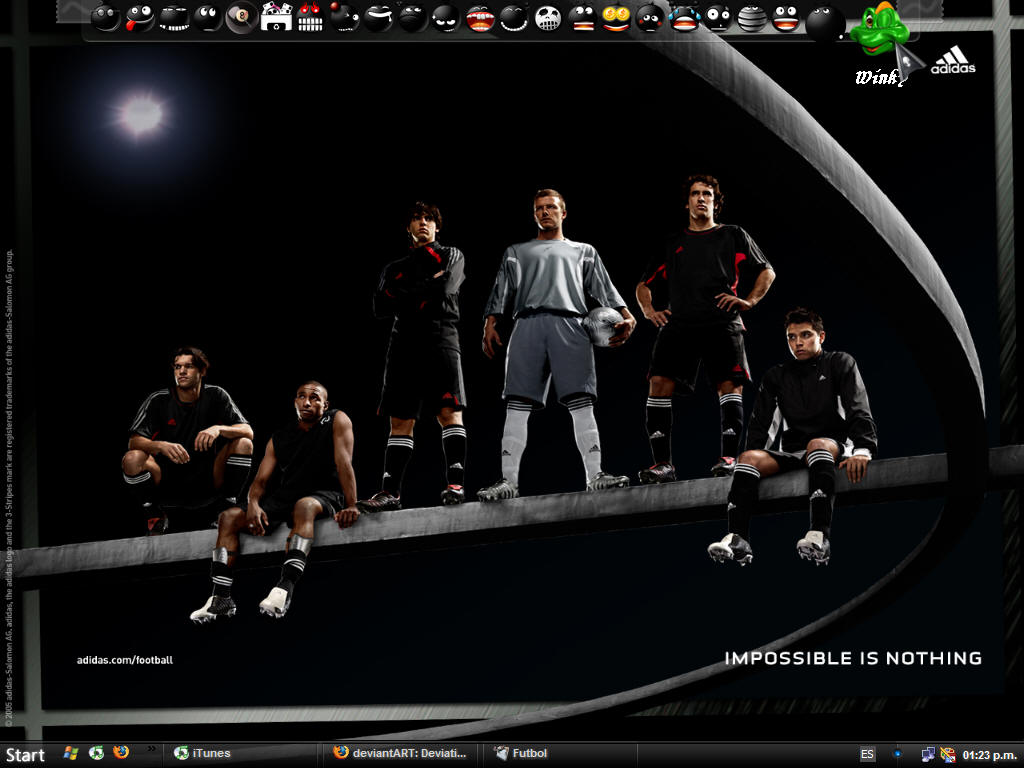I got a note from a college student last week, explaining that his
professor told him he couldn't use the term 'viral marketing' in a
paper. It doesn't exist, apparently, it's just a new-fangled form of
word of mouth.
I found the interaction fascinating ("I'm not certain what benefit is
gained by arguing with an instructor" is my favorite quote from his
teacher) but I got to thinking about whether the instructor had a point.
"Viral marketing" shows up 2,000,000 times in Google, "ideavirus" shows
up 200,000 times. Of course, you could argue that just because millions
of people are using a term doesn't make it legitimate (though you'd be
wrong).
Anyway...
*
Viral marketing [does not equal] word of mouth. *Here's why:
Word of mouth is a decaying function. A marketer does something and a
consumer tells five or ten friends. And that's it. It amplifies the
marketing action and then fades, usually quickly. A lousy flight on
United Airlines is word of mouth. A great meal at Momofuku is word of mouth.
Viral marketing is a compounding function. A marketer does something and
then a consumer tells five or ten people. Then then they tell five or
ten people. And it repeats. And grows and grows. Like a virus spreading
through a population. The marketer doesn't have to actually do anything
else. (They can help by making it easier for the word to spread, but in
the classic examples, the marketer is out of the loop.) The Mona Lisa is
an ideavirus.
This distinction is vital.
For one thing, it means that constant harassment of the population
doesn't increase the chances of something becoming viral. It means that
most organizations should realize that they have a better chance with
word of mouth (more likely to occur, more manageable, more flexible) and
focus on that. And it means, most of all, that viral marketing is like
winning the lottery, and if you've got a shot at an ideavirus,
<http://www.ideavirus.com> you might as well over-invest and do whatever
it takes to create something virus-worthy.
And yes, I happen to think that arguing with the instructor is a very
good idea.
Quoted from : Seth Godin's Blog
<http://feeds.feedburner.com/typepad/sethsmainblog>











